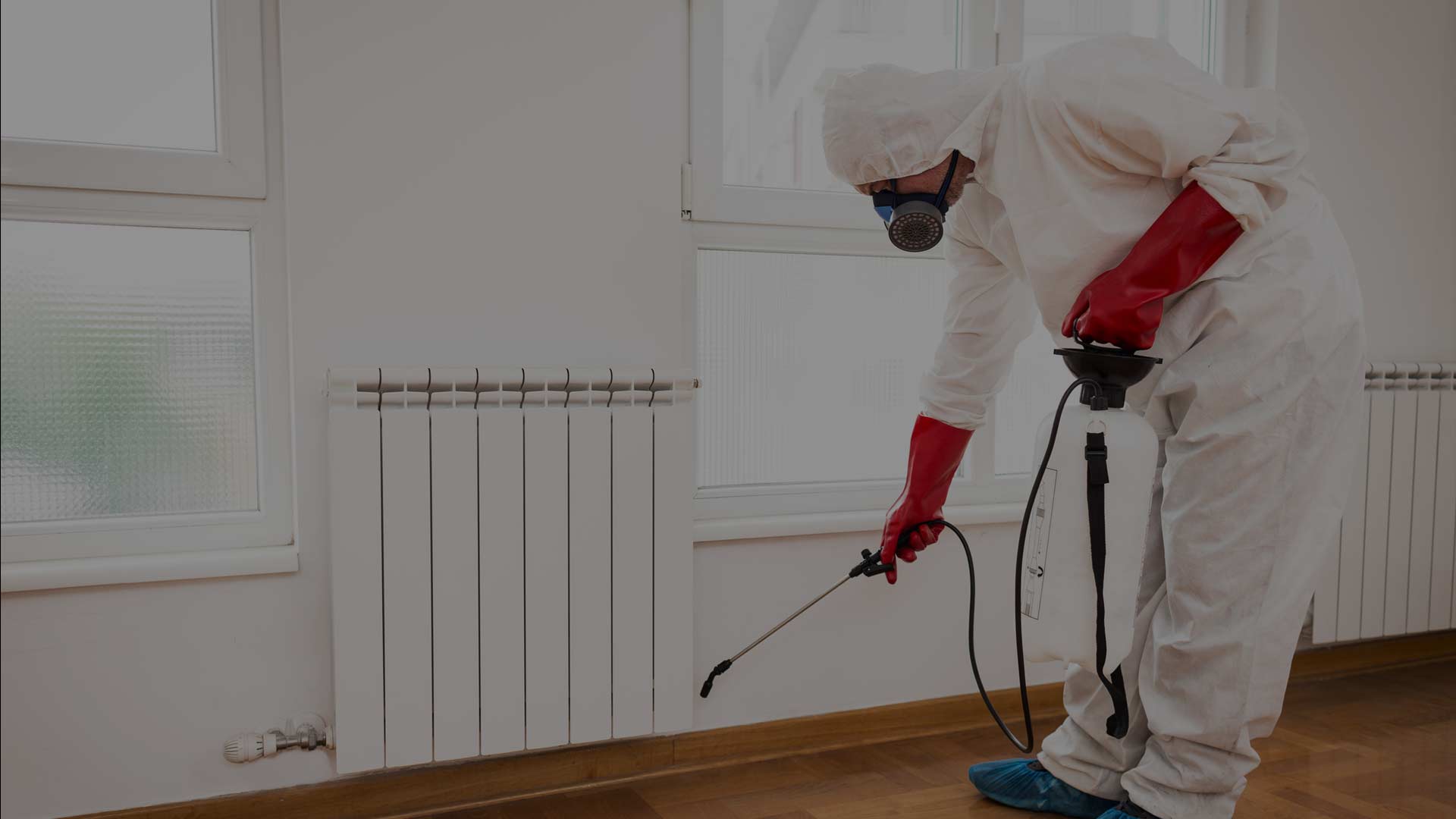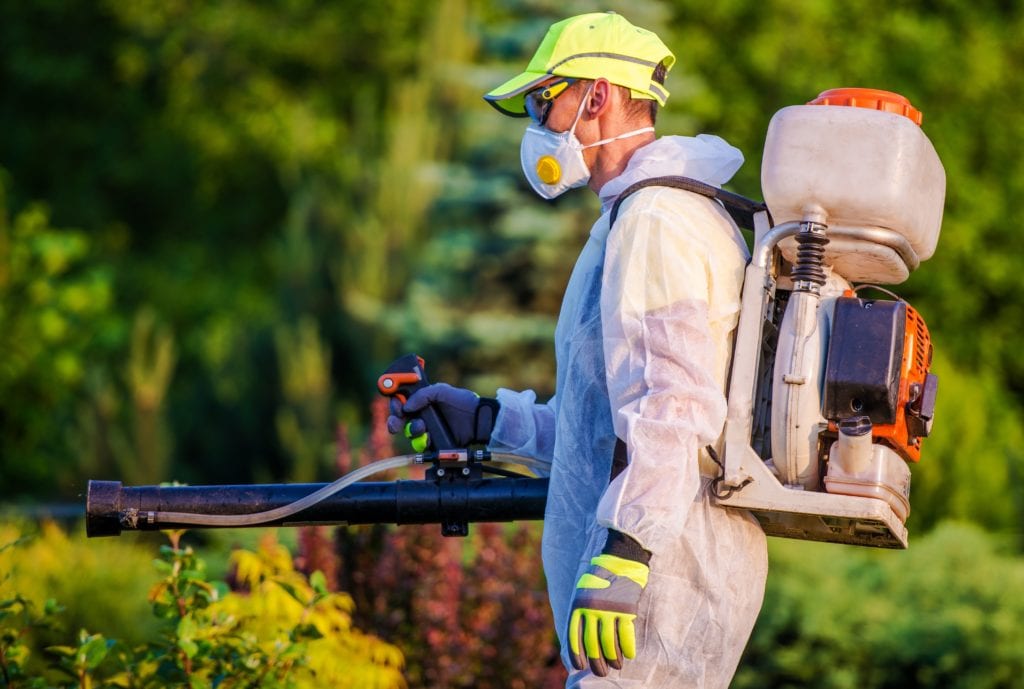Comprehensive Pest Control Services: Maintain Your Building Pest-Free!
Comprehensive Pest Control Services: Maintain Your Building Pest-Free!
Blog Article
Specialist Parasite Control Techniques for Long-Term Outcomes
In the world of parasite control, attaining continual effectiveness and long-lasting results requires a meticulous approach that transcends simple extermination. Professional pest control strategies envelop a detailed strategy that begins with an extensive assessment and assessment, followed by specific parasite recognition to understand their behavior patterns. The application of Integrated Bug Administration (IPM) principles, paired with eco-conscious therapies, develops the cornerstone of lasting bug elimination. Nevertheless, the true test lies in the ongoing tracking and upkeep of the dealt with locations, making sure a pest-free atmosphere for the direct future. By diving into the complexities of these strategies, a deeper understanding of specialist insect control approaches for enduring end results emerges.
Inspection and Evaluation
Upon getting in a property for insect control solutions, the first step is a complete examination and assessment to recognize the extent of the invasion and establish one of the most effective treatment plan. Expert bug control technicians are trained to meticulously take a look at the properties, looking for signs of insect activity such as droppings, gnaw marks, nests, or any structural damages. They will likewise examine the problems that might be drawing in bugs, such as food resources, water leakages, or entrance factors.

Parasite Recognition and Behavior

Furthermore, comprehending the habits of the identified parasite is vital to applying effective control measures. For example, understanding where pests nest, what they feed on, and their activity patterns can assist pest control specialists design strategies to eradicate them effectively. Some pests may be nighttime, while others are more energetic during the day. This understanding permits the application of treatments at optimal times for maximum effectiveness.
Integrated Bug Monitoring (IPM)
Integrated Parasite Monitoring (IPM) approaches integrate several techniques to regulate and stop insect infestations in a lasting and eco-friendly manner. pest control. By integrating methods such as organic control, habitat adjustment, adjustment of cultural techniques, and making use of resistant selections, IPM aims to reduce making use of chemical pesticides
One of the vital principles of IPM is the focus on prevention. This proactive technique involves monitoring parasite populations on a regular basis to spot any possible problems prior to they escalate. By recognizing insect issues at an early stage, pest control actions can be executed promptly and efficiently.
In addition, IPM promotes making use of safe insect control approaches whenever possible. This can include using natural killers of the pests, introducing beneficial bugs, or making use of scents to disrupt mating patterns. By lowering reliance on chemical pesticides, IPM not only safeguards the setting but likewise assists keep an equilibrium in the community.
Environmentally-Friendly Therapies
Applying eco-conscious strategies in insect control treatments can effectively resolve infestations while prioritizing environmental sustainability. Environmentally-friendly treatments concentrate on decreasing the influence of pest control methods on environments, non-target microorganisms, and human health. These approaches typically include making use of natural predators, such as ladybugs or nematodes, to regulate pest populations, reducing the need for chemical interventions. In addition, techniques like habitat adjustment, such as changing moisture degrees or removing food resources, can assist hinder insects without using unsafe materials.
One more secret aspect of environmentally-friendly bed bug heat treatment therapies is the usage of organic and naturally degradable items that break down promptly without leaving damaging deposits in the atmosphere. Herb pesticides stemmed from plants like chrysanthemums or neem offer efficient bug control while presenting marginal risk to non-target varieties. Using techniques like warmth treatments or pheromone catches can target specific bugs with precision, minimizing the general ecological effect of insect control techniques.
Continuous Surveillance and Maintenance
Regular evaluations by qualified professionals are required to recognize any type of indicators of bug task, assess the efficiency of previous treatments, and make adjustments to the parasite control plan as required. By keeping track of insect populaces over time, pest control specialists can track trends, prepare for possible concerns, and carry out precautionary steps to minimize the danger of future invasions.
Along with surveillance, maintenance practices are essential for long-term parasite control success. This consists of executing correct sanitation actions to get rid of potential food and water sources for pests, sealing entry indicate stop parasites from going into the facilities, and resolving any type of structural concerns that could promote bug problems (pest control). By including ongoing tracking and upkeep right into an incorporated bug management approach, businesses can guarantee a pest-free atmosphere and guard their home against expensive damage and wellness threats
Final Thought
To conclude, utilizing professional parasite control methods such as extensive inspection and analysis, accurate parasite identification and understanding of their habits, incorporated parasite management strategies, environmentally-friendly treatments, and continuous tracking and upkeep are essential for attaining long-lasting results in pest control. By applying these techniques, individuals can properly handle pest problems and maintain a pest-free environment in a sustainable fashion.
Report this page